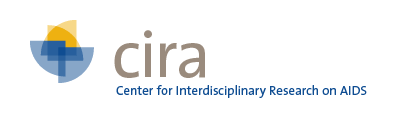| Title | HIV/STD prevalence, risk behavior, and substance use patterns and predictors in Russian and Hungarian sociocentric social networks of men who have sex with men. |
| Publication Type | Journal Article |
| Year of Publication | 2009 |
| Authors | Amirkhanian, Yuri A., Jeffrey A. Kelly, Judit Takacs, Anna V. Kuznetsova, Wayne J. DiFranceisco, Laszlo Mocsonaki, Timothy L. McAuliffe, Roman A. Khoursine, and Tamas P. Toth |
| Journal | AIDS education and prevention : official publication of the International Society for AIDS Education |
| Volume | 21 |
| Issue | 3 |
| Pagination | 266-79 |
| Date Published | 2009 Jun |
| ISSN | 1943-2755 |
| Keywords | Adolescent, Adult, Female, Forecasting, Health Surveys, HIV Infections, HIV-1, Homosexuality, Male, Humans, Hungary, Logistic Models, Male, Multivariate Analysis, Prevalence, Questionnaires, Risk-Taking, Russia, Sexually Transmitted Diseases, Social Support, Substance-Related Disorders, Young Adult |
| Abstract | This study recruited four sociocentric networks (n = 156) of men who have sex with men in Budapest, Hungary, and St. Petersburg, Russia. The sampling approach was based on identifying an initial "seed" in the community for each network, and then recruiting three successive friendship group waves out from the seed. HIV prevalence in the networks was 9%, and the composite rate of other sexually transmitted diseases was 6%. 57% of participants reported both main and casual male partners, and two thirds reported unprotected anal intercourse in the past 3 months. Fifty-five percent of men's most recent anal intercourse acts were with nonexclusive partners, and 56% of most recent anal intercourse acts were unprotected. Sexual risk predictors were generally consistent with behavioral science theory. In addition, risk was associated with more often talking with friends about AIDS, higher ecstasy use, and less often drinking. Sociocentric social network sampling approaches are feasible and constitute a modality for reaching hidden high-risk populations inaccessible through conventional methods. |
| DOI | 10.1002/hpm.1029 |
| Alternate Journal | AIDS Educ Prev |


